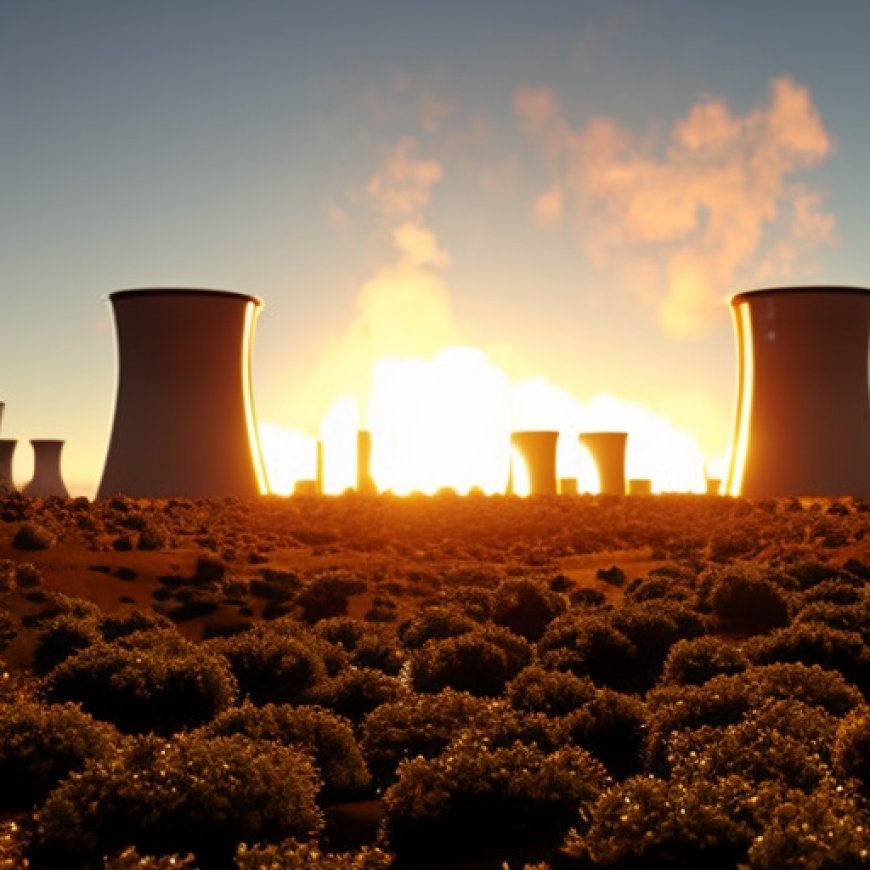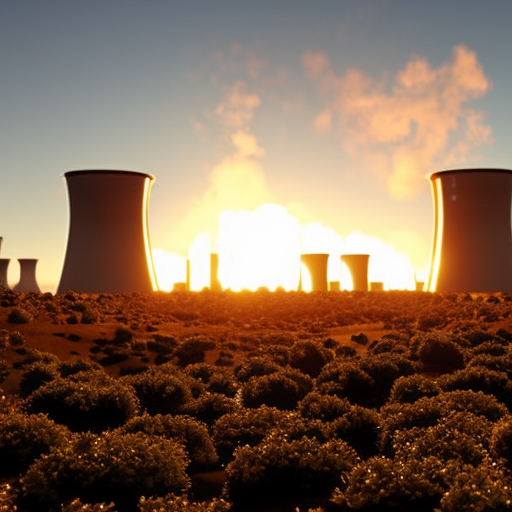Vital climate tool or license to pollute? The battle over California’s first carbon capture project
Why the first CA carbon capture project divides its neighbors CalMatters


In summary
- Rural Latino communities in California are divided over a carbon capture project proposed by California Resources Corp., which aims to capture emissions from an oilfield and power plant.
- The project would allow the oil company to continue operating while reducing carbon emissions.
Lea esta historia en Español
Introduction
In western Kern County, California, California Resources Corp., the state’s largest oil and gas producer, plans to implement a carbon capture project to reduce carbon emissions from its Elk Hills Oil and Gas Field. The project aims to capture and store carbon dioxide underground to mitigate climate change.
The Role of Carbon Capture and Storage
Carbon capture and storage projects are being developed worldwide as part of the oil and gas industry’s efforts to remain viable in a decarbonizing world. In California alone, federal officials are reviewing 13 proposals for carbon capture projects that would capture emissions from oil operations, power plants, and other facilities.
Although California aims to phase out fossil fuels, the state recognizes the need for carbon capture to eliminate millions of tons of greenhouse gases annually in order to achieve carbon neutrality by 2045. The state may become even more reliant on this technology to meet its emission reduction goals.
California Resources Corp.’s Carbon Capture Project
California Resources Corp. plans to capture carbon dioxide emissions from its Elk Hills Oil and Gas Field and inject them more than a mile deep into a depleted oil reservoir. The company aims to keep the carbon underground and out of the atmosphere.
The project would remove carbon dioxide from natural gas produced at the oilfields, as well as from a proposed hydrogen plant and a direct air capture project. The captured carbon would then be transported and stored underground.
The company needs approval from the U.S. Environmental Protection Agency and the Kern County Board of Supervisors to proceed with the project. If approved, the company hopes to start injecting carbon next year.
Community Divisions
The project has sparked divisions among residents and environmental justice groups. Many oppose the project because it allows polluting industries to continue operating in their communities. Concerns have been raised about the potential health impacts of living near oilfields and the leakage of carbon dioxide from pipelines.
Supporters of the project, including Taft Mayor Dave Noerr, argue that carbon capture technology is necessary to preserve well-paying jobs in the oil and gas industry while addressing climate change. They believe that California should lead the way in developing and implementing this technology for the benefit of other countries.
Opponents, such as Sonia Sanchez from Buttonwillow, are more concerned about the health risks posed to their communities, particularly to children. They argue that the project would lock in polluting infrastructure and prioritize profits over public health.
Burying Carbon Underground
The Elk Hills project involves injecting captured carbon dioxide more than a mile underground into a depleted oil reservoir. The carbon would be trapped by a thick rock layer called the Reef Ridge Shale. The project would require the construction of underground pipelines to transport the carbon dioxide to the injection wells.
The company must comply with environmental regulations and monitor the wells to prevent groundwater pollution. It also needs to plug oil wells and compensate for emissions by reducing pollution elsewhere in Kern County.
The Role of Carbon Capture in California’s Climate Goals
California plans to eliminate 94% of oil and gas by transitioning to electric vehicles and renewable energy sources. Carbon capture is seen as a necessary technology to achieve the state’s emission reduction targets. However, critics argue that shutting down fossil fuel facilities and transitioning to cleaner electricity would be a quicker and more effective solution.
Despite the debate, carbon capture and storage projects are expected to play a significant role in reducing greenhouse gas emissions globally. The technology has the potential to contribute to the net-zero energy transition and help achieve climate goals.
Conclusion
The carbon capture project proposed by California Resources Corp. in Kern County has sparked passionate debates among residents and environmental groups. While some see it as a way to reduce emissions while preserving jobs, others argue that it perpetuates polluting industries and poses health risks to communities. The project’s approval and implementation will depend on balancing economic interests, environmental concerns, and public health considerations.
SDGs, Targets, and Indicators
SDGs Addressed or Connected to the Issues Highlighted in the Article
- SDG 7: Affordable and Clean Energy
- SDG 9: Industry, Innovation, and Infrastructure
- SDG 11: Sustainable Cities and Communities
- SDG 13: Climate Action
- SDG 15: Life on Land
Specific Targets Based on the Article’s Content
- Target 7.2: Increase substantially the share of renewable energy in the global energy mix
- Target 9.4: Upgrade infrastructure and retrofit industries to make them sustainable
- Target 11.6: Reduce the adverse per capita environmental impact of cities, including air quality and waste management
- Target 13.1: Strengthen resilience and adaptive capacity to climate-related hazards and natural disasters
- Target 15.5: Take urgent and significant action to reduce degradation of natural habitats and halt biodiversity loss
Indicators Mentioned or Implied in the Article
- Emissions of fine particles and gases that form smog
- Reduction in greenhouse gas emissions from industrial and energy plants
- Carbon dioxide leakage from pipelines
- Reduction in drinking water sources threatened by injecting carbon into the reservoir
- Number of jobs created by the carbon capture project
Table: SDGs, Targets, and Indicators
| SDGs | Targets | Indicators |
|---|---|---|
| SDG 7: Affordable and Clean Energy | Target 7.2: Increase substantially the share of renewable energy in the global energy mix | – |
| SDG 9: Industry, Innovation, and Infrastructure | Target 9.4: Upgrade infrastructure and retrofit industries to make them sustainable | – |
| SDG 11: Sustainable Cities and Communities | Target 11.6: Reduce the adverse per capita environmental impact of cities, including air quality and waste management | Emissions of fine particles and gases that form smog |
| SDG 13: Climate Action | Target 13.1: Strengthen resilience and adaptive capacity to climate-related hazards and natural disasters | – |
| SDG 15: Life on Land | Target 15.5: Take urgent and significant action to reduce degradation of natural habitats and halt biodiversity loss | – |
Note: The indicators mentioned in the article are not directly linked to specific targets but provide relevant information for measuring progress towards the targets.
Behold! This splendid article springs forth from the wellspring of knowledge, shaped by a wondrous proprietary AI technology that delved into a vast ocean of data, illuminating the path towards the Sustainable Development Goals. Remember that all rights are reserved by SDG Investors LLC, empowering us to champion progress together.
Source: calmatters.org

Join us, as fellow seekers of change, on a transformative journey at https://sdgtalks.ai/welcome, where you can become a member and actively contribute to shaping a brighter future.







